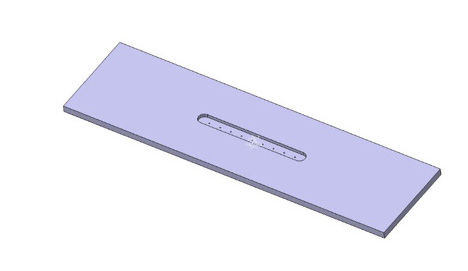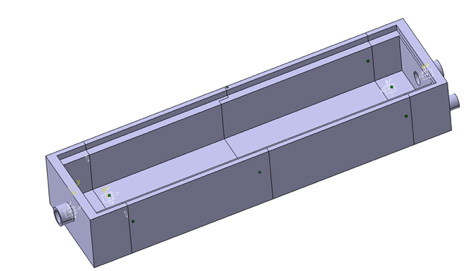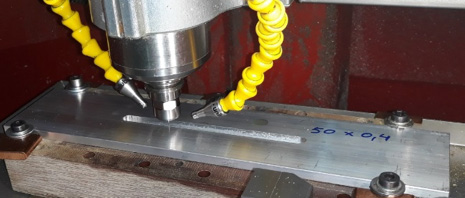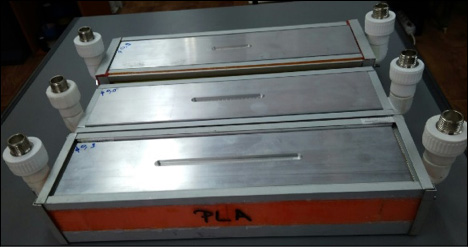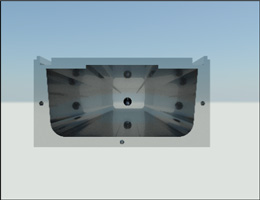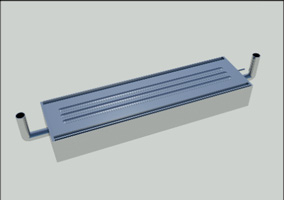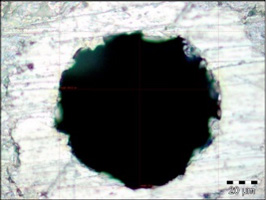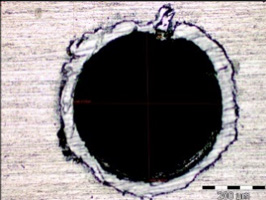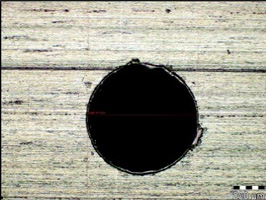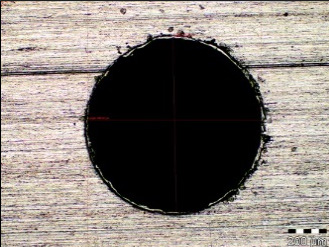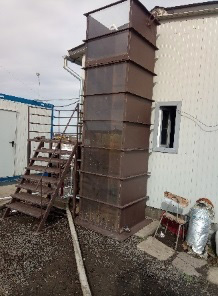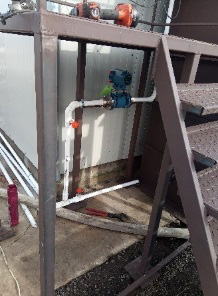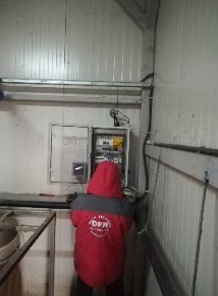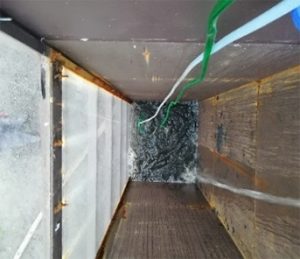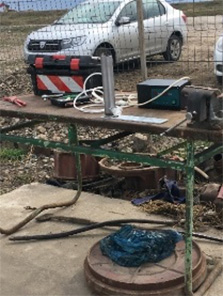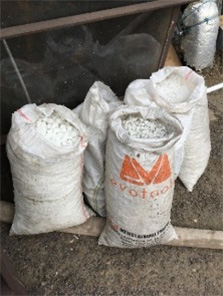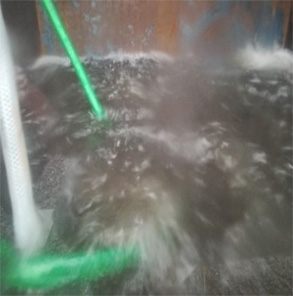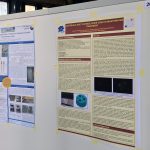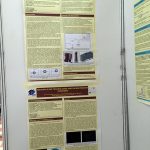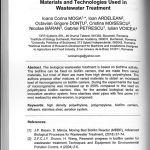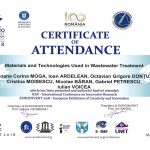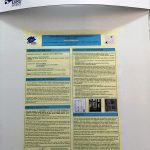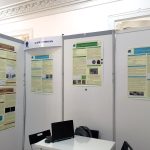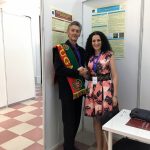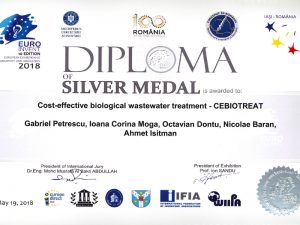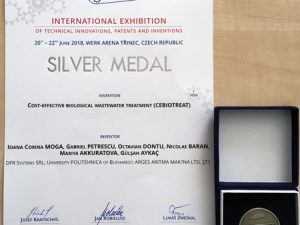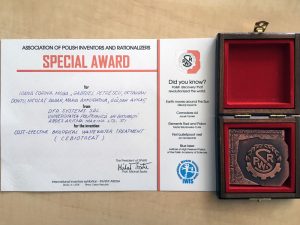The project implementation is done according to the Consortium Agreement. The purpose of the consortium agreement is to specify the relationship among the Partners, in particular concerning the organization of the work between the Partners, the management of the Project and the rights and obligations of the Partners regarding the project and the results of the CEBIOTREAT. The project works and the responsibilities for the tasks of each Partner are to be arranged as agreed in the Project Plan.
DFR Systems SRL, as the Coordinating Partner and will be responsible for the project management in accordance with the Manunet Guidelines.
The air diffusers were designed and realised. During the first step the diffusers were designed using specific CAD software. The air diffuser was conceived as being formed from 2 main parts: a perforated plate and a cassette (box/case). This method was used because during the experimental research, not all 10 diffusers will be tested at the same time, and the achievement of a small number of carcasses is sufficient. To ensure fund savings only few cassettes will be realized and, depending on the experiments only the perforated plates will be exchanged.
The three-dimensional CAD model of the plate with micro-orifices is represented below as well as the 3D CAD model of the diffuser box.
The channels were processed by milling and the micro-orifices by CNC drilling.
For the diffuser cassette execution, it can be used modern technologies by adding material – fused deposition modelling (FDM). Additive technologies can bring considerable advantages, with help of which it possible to realize functional parts in a relatively short time and with a low price. The material used was PLA (polylactic acid), which is ecological and biodegradable.
Diffusers designed within DFR Systems SRL
Also, air diffusers made from 100% staineless steel were designed and realised. The authors designed the carcass and plates with AutoCAD in 2D and 3D.
In order to investigate the holes made, the microscopic method was used. For this purpose, the Olympus GX-51 microscope was used, which is an inverted metallurgical microscope with the possibility to perform researches in several modes and modes.
Using the microscope program, the mean diameters were measured, showing the difference between the theoretical and measured diameters.
Comparison between theoretical nominal and measured diameters
Instalația experimentală dezvoltată de către DFR Systems SRL a fost montată în cadrul unei stații municipale de epurare din judetul Călărași. Instalația experimentală a fost montată în paralel cu bazinul aerob al stației de epurare existente. În figura de mai jos se prezintă stația de epurare existentă la Dragalina.
-
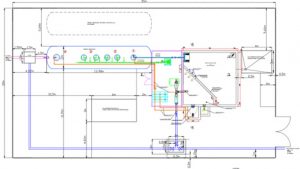
-
a. Municipal wastewater treatment plant, project – top view
-
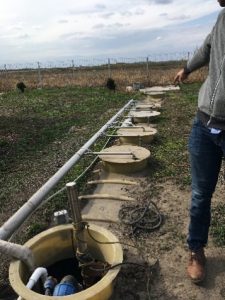
-
b. Municipal sewage treatment plant – buried
-
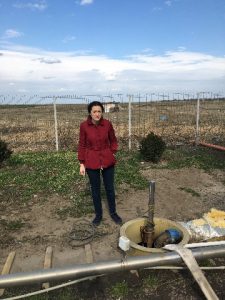
-
c. Anoxic tank to feed the experimental plant within CEBIOTREAT project
The wastewater treatment plant from Dragalina, where the experimental installation was connected
The following pictures show the different stages of the installation process of the experimental tank. The experimental installation was mounted in parallel with the first existing aerobic basin from the municipal wastewater treatment plant. Thus, the wastewater supply of the experimental installation was achieved by installing a submersible wastewater pump within the anoxic basin. In this way, from the anoxic tank of the municipal wastewater treatment plant, both the aerobic tanks (of the existing plant and of the experimental installation) were fed.
Pictures taken during the installation and testing of the experimental installation
Two types of determinations were realised:
- Determination of dissolved oxygen level
- Determination of the main water quality indicators
During the 2 years of implementation, the partners achieved the initial objectives proposed, the project ending with the design, implementation and testing of a new aeration system to be used in Mobile Bed Biofilm Reactor (MBBR) treatment plants. The aeration system has proven to be more energy efficient compared to the current system used by DFR Systems SRL, but also to other aeration systems on the market.



